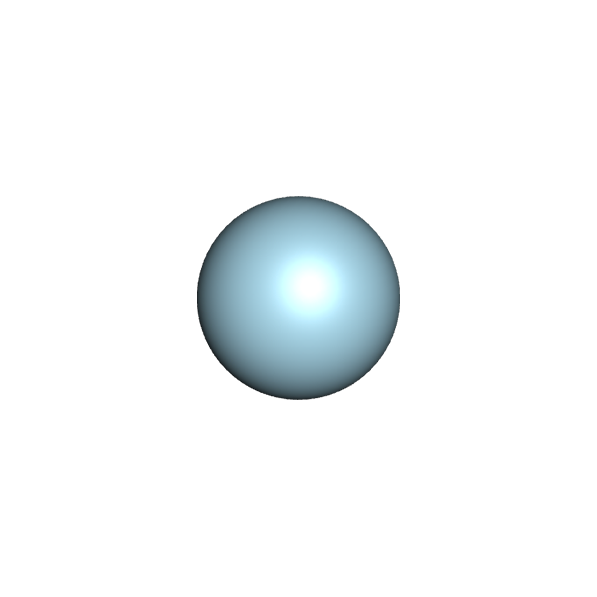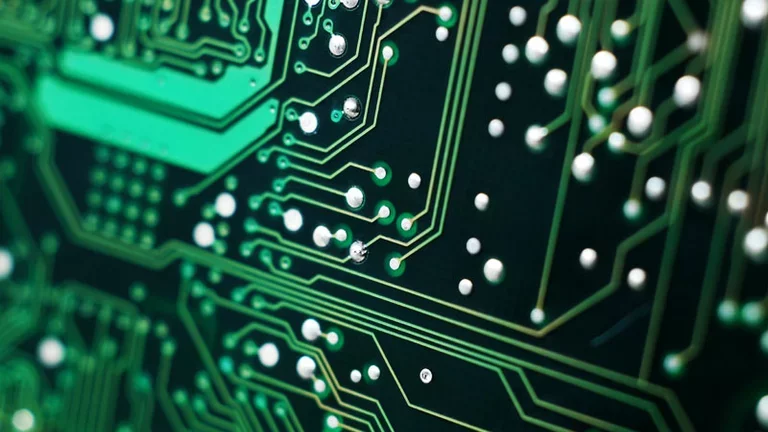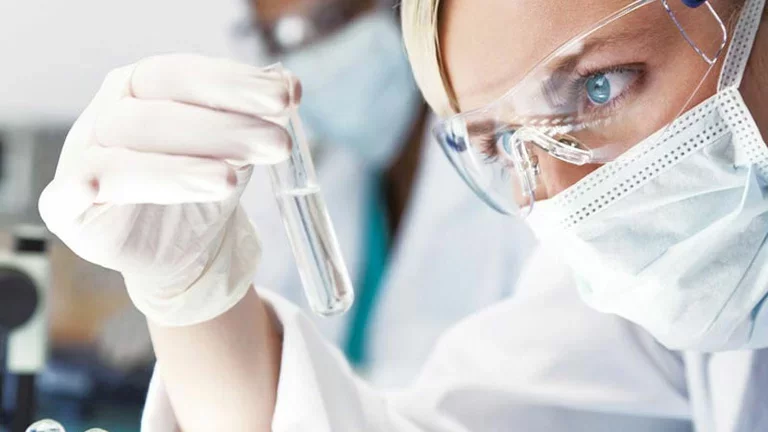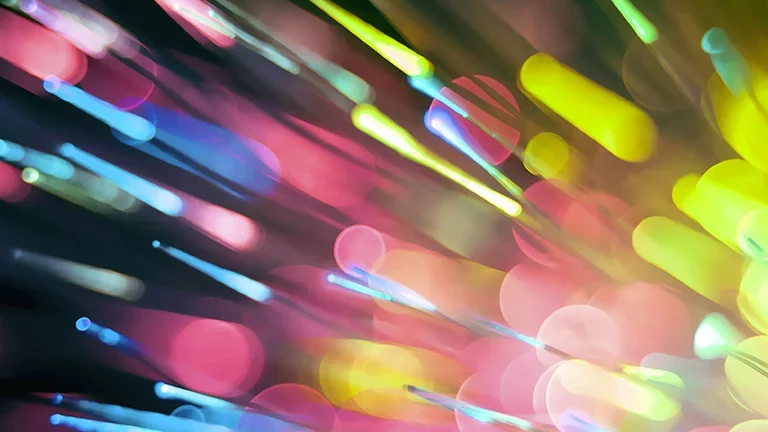
Neon
- Ne
- CAS Number 7440-01-9
- UN1065 (gas)
- UN1913 (refrigerated liquid)
Click & drag to move the 3D molecule
Liquid / Gas Volumes
Calculate the volume or mass of a quantity of gas or liquid
Liquid Phase
At boiling point at 1.013 bar
Gas Phase
In standard conditions (1.013 bar, 15°C)
Physical Properties
Molecule phase diagram showing the transition phases between solid, liquid and gas as a function of temperature and pressure
-
- Molar mass 20.179 g/mol
- Content in dry air 18.18 ppm
-
Critical Point
- Temperature -228.75 °C
- Pressure 26.53 bar
- Density 483.93 kg/m³
-
Triple Point
- Temperature -248.59 °C
- Pressure 4.33E-1 bar
Pressure 1.013 bar
| Latent heat of fusion (at melting point) | 16.259 kJ/kg |
| Melting point | - 248.6 °C |
Pressure 1.013 bar
| Boiling point | - 246.05 °C |
| Latent heat of vaporization (at boiling point) | 85.757 kJ/kg |
| Liquid density (at boiling point) | 1207 kg/m3 |
| Compressibility factor Z | 1.0005 |
| Cp/Cv ratio γ | 1.6669 |
| Gas density (at boiling point) | 9.575 kg/m3 |
| Gas density | 8.996E-1 kg/m3 |
| Gas/(liquid at boiling point) equivalent | 1338.2 vol/vol |
| Heat capacity Cp | 1.0304 kJ/(kg.K) |
| Heat capacity Cv | 6.1814E-1 kJ/(kg.K) |
| Specific gravity | 0.7 |
| Specific volume | 1.1116 m3/kg |
| Thermal conductivity | 45.412 mW/(m.K) |
| Viscosity | 2.9382E-4 Po |
| Compressibility factor Z | 1.0005 |
| Cp/Cv ratio γ | 1.6669 |
| Gas density | 8.528E-1 kg/m3 |
| Gas/(liquid at boiling point) equivalent | 1415.3 vol/vol |
| Heat capacity Cp | 1.0303 kJ/(kg.K) |
| Heat capacity Cv | 6.1814E-1 kJ/(kg.K) |
| Solubility in water | 8.702E-6 mol/mol |
| Specific gravity | 0.7 |
| Specific volume | 1.1726 m3/kg |
| Thermal conductivity | 47.026 mW/(m.K) |
| Viscosity | 3.0427E-4 Po |
| Compressibility factor Z | 1.0005 |
| Cp/Cv ratio γ | 1.6669 |
| Gas density | 8.242E-1 kg/m3 |
| Gas/(liquid at boiling point) equivalent | 1464.4 vol/vol |
| Heat capacity Cp | 1.0303 kJ/(kg.K) |
| Heat capacity Cv | 6.1809E-1 kJ/(kg.K) |
| Solubility in water | 8.152E-6 mol/mol |
| Specific gravity | 0.7 |
| Specific volume | 1.2133 m3/kg |
| Thermal conductivity | 48.084 mW/(m.K) |
| Viscosity | 3.1113E-4 Po |
Applications
Examples of uses of this molecule in Industry and Healthcare

Electronic components
Mixed with an halogen, Neon is used for excimer lasers (laser with varying wavelength)

Laboratories & Research Centers
Neon is used in research on ionised particles. Neon is also used to detect ionizated particles in bubble chambers.

Photonics
Neon is used to produce “neon” advertising signs (mixed with argon). It is used to fill arc, fluorescent, sodium vapour and strobe lamps, or X-ray tubes such as thyratrons (mixed with argon). Neon is also used in helium-neon lasers and as buffer gas in metallic vapour lasers.
Safety & Compatibility
GHS04
Gas under pressure
Odor
none
Metals
| Aluminium | Satisfactory |
| Brass | Satisfactory |
| Monel | No data |
| Copper | No data |
| Ferritic Steel | Satisfactory |
| Stainless steel | Satisfactory |
| Zinc | No data |
| Titanium | No data |
Plastics
| Polytetrafluoroethylene | Satisfactory |
| Polychlorotrifluoroethylene | Satisfactory |
| Polyvinylidene fluoride | Satisfactory |
| Polyvinyl chloride | Satisfactory |
| Ethylene tetrafluoroethylene | No data |
| Polycarbonate | No data |
| Polyamide | Satisfactory |
| Polypropylene | Satisfactory |
Elastomers
| Butyl (isobutene- isoprene) rubber | Satisfactory |
| Nitrile rubber | Satisfactory |
| Chloroprene | Satisfactory |
| Chlorofluorocarbons | No data |
| Silicone | Satisfactory |
| Perfluoroelastomers | Satisfactory |
| Fluoroelastomers | Satisfactory |
| Neoprene | No data |
| Polyurethane | Satisfactory |
| Ethylene-Propylene | Satisfactory |
Lubricants
| Hydrocarbon based lubricant | Satisfactory |
| Fluorocarbon based lubricant | Satisfactory |
Materials compatibility
Learn More
More information
Neon was discovered in 1898 by Sir William Ramsay and Moris William Travers. The name comes from the Greek "νέον" (neon) meaning "new one". Neon, krypton and xenon are known as "rare" gases, since combined they only account for one thousandth of the air which surrounds us. These gases are colorless and tasteless. They are so inert that they do not react and can only be combined with other chemical substances with great difficulty. Their extreme inertness makes them very valuable for certain applications.